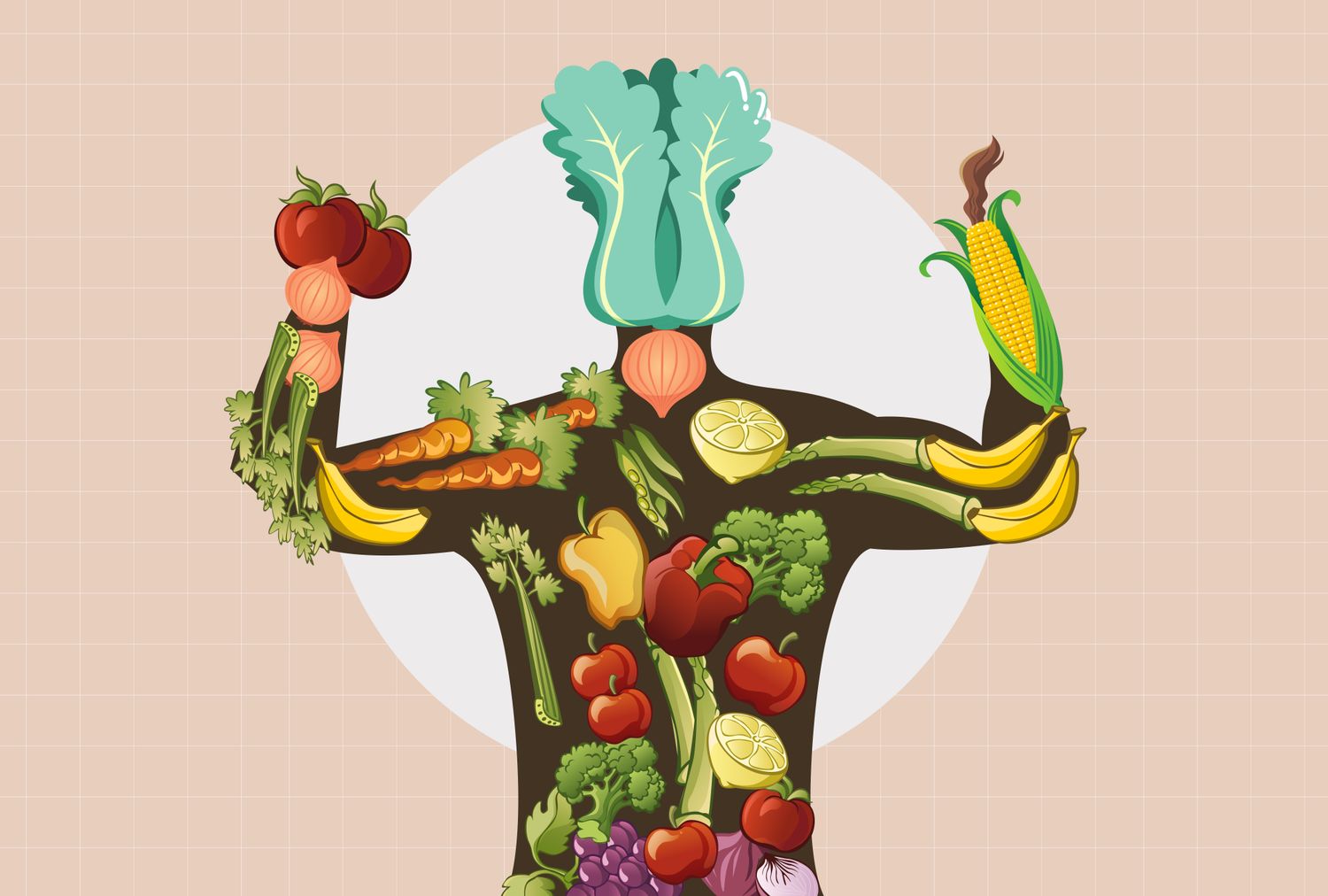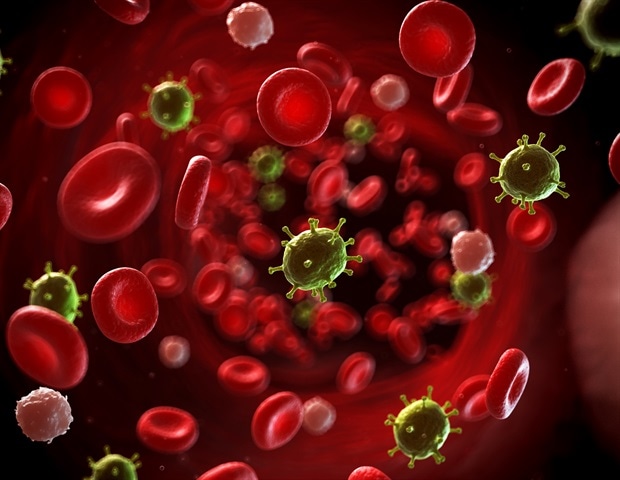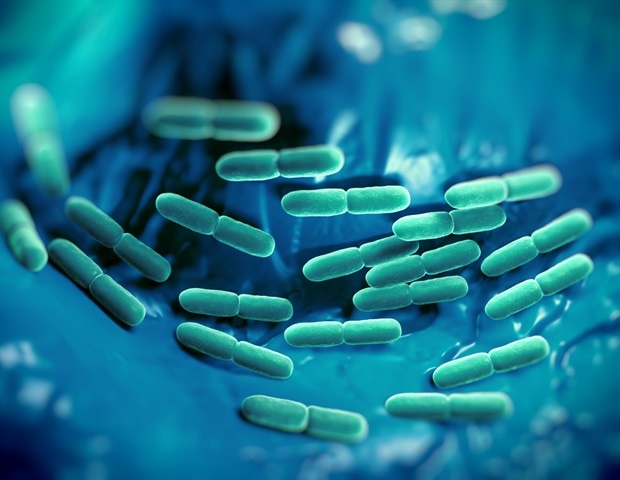People across the world experience a diverse range of risks associated with disasters and health emergencies. No county is immune to disasters and emergencies. For instance, we continue to face diverse effects of climate change on our…
Category: 6. Health
-
Experts Sound Alarm: Popular Hair Loss Drug Linked to Suicide – SciTechDaily
- Experts Sound Alarm: Popular Hair Loss Drug Linked to Suicide SciTechDaily
- Hair loss treatment used by millions linked to suicide risk: ‘Evidence is no longer anecdotal’ New York Post
- Hair-loss drug tied to suicides, depression and anxiety in…
Continue Reading
-

Natural nasal microbes offer broad-spectrum antiviral protection
Respiratory viral diseases pose severe threats to animal health and global food security, especially in intensive pig farming systems. Viruses such as porcine reproductive and respiratory syndrome virus (PRRSV), swine influenza…
Continue Reading
-

This Many Vegetables Help Prevent Cancer, Science Says
- Eating more vegetables each day may help lower your risk of cancer.
- Veggies’ fiber, antioxidants and bioactive compounds may help protect your cells.
- Mix up your vegetables—variety offers the broadest health and cancer-fighting benefits.
…
Continue Reading
-

Understanding the impact of chikungunya on children
Chikungunya is a vector-borne disease that affects both adults and children. While global efforts are ongoing to tackle chikungunya in adults, progress in addressing pediatric chikungunya remains inadequate. To shed light on this,…
Continue Reading
-

A toxic Alzheimer’s protein could be the key to fighting cancer
At first, Alzheimer’s disease and cancer might seem to have little overlap. One gradually destroys memory and cognition, while the other ravages the body through uncontrolled cell growth. Yet scientists at the MUSC Hollings Cancer Center have…
Continue Reading
-

Decoding the signaling networks and metabolic dysregulation underlying sepsis
Background:
Sepsis is a complex clinical syndrome characterized by dysregulated immune responses, systemic inflammation, and multi-organ dysfunction. It involves intricate interactions among multiple signaling pathways, including…
Continue Reading
-

Study reveals how DKK3 triggers smooth muscle cell transformation in aortic aneurysm
Background
Abdominal aortic aneurysm (AAA) is a life-threatening vascular disorder that primarily affects elderly males. It often develops asymptomatically, yet aneurysm rupture can lead to rapid fatality. Currently, no effective…
Continue Reading
-

Advances in nanomaterials revolutionize therapy for myocardial ischemia-reperfusion injury
Background
Ischemic heart disease is the leading cause of death globally, causing approximately 9 million deaths annually. Currently, reperfusion therapy (such as thrombolysis or interventional procedures) is the primary method to…
Continue Reading
-
19 new dengue cases reported in Rawalpindi – Dawn
- 19 new dengue cases reported in Rawalpindi Dawn
- Fever pitch: Ludhiana’s dengue crisis double in a fortnight. The Times of India
- Stay alert against dengue mosquitoes; Civil surgeon launches awareness drive Babushahi.com
- Dengue fever on the rise…
Continue Reading
